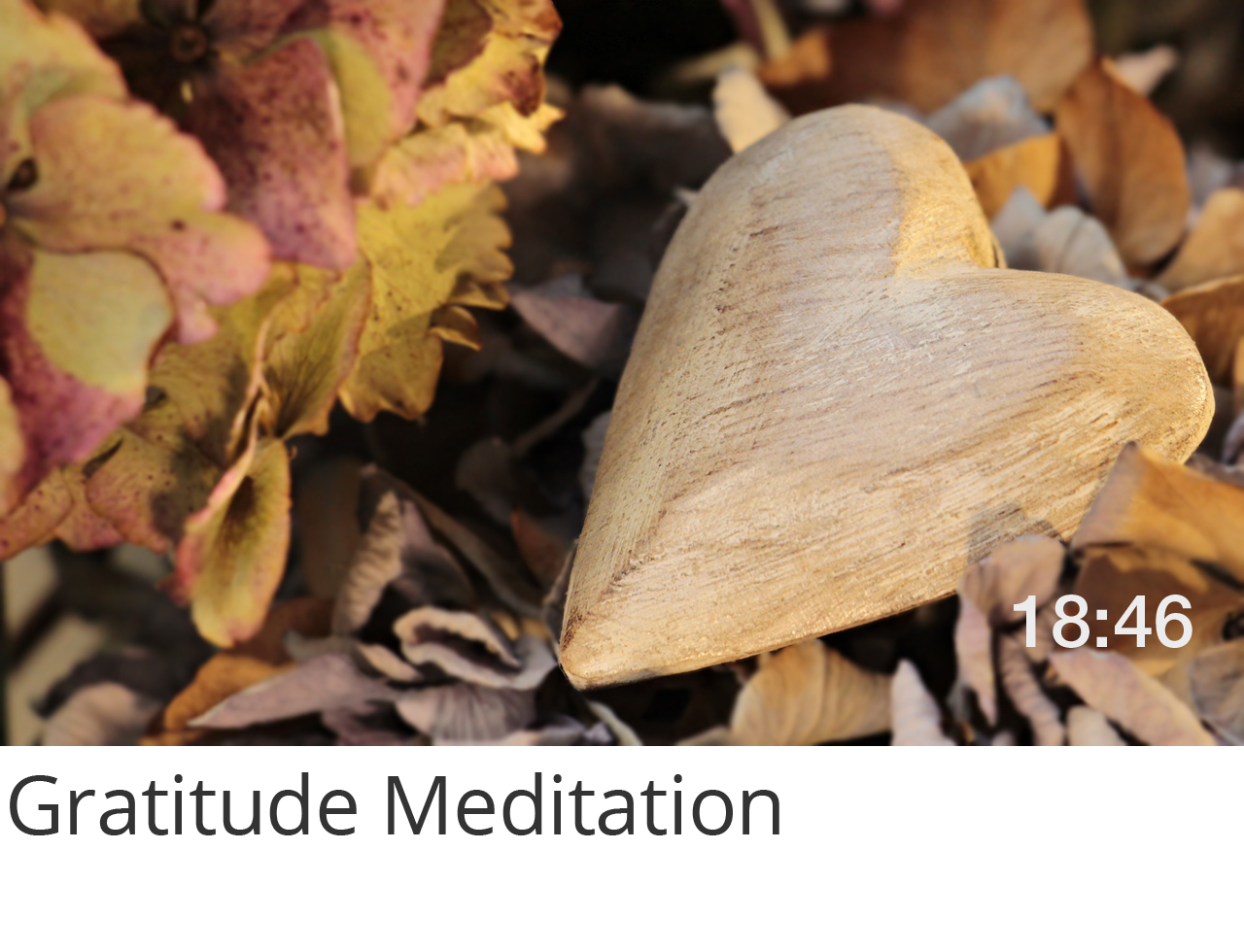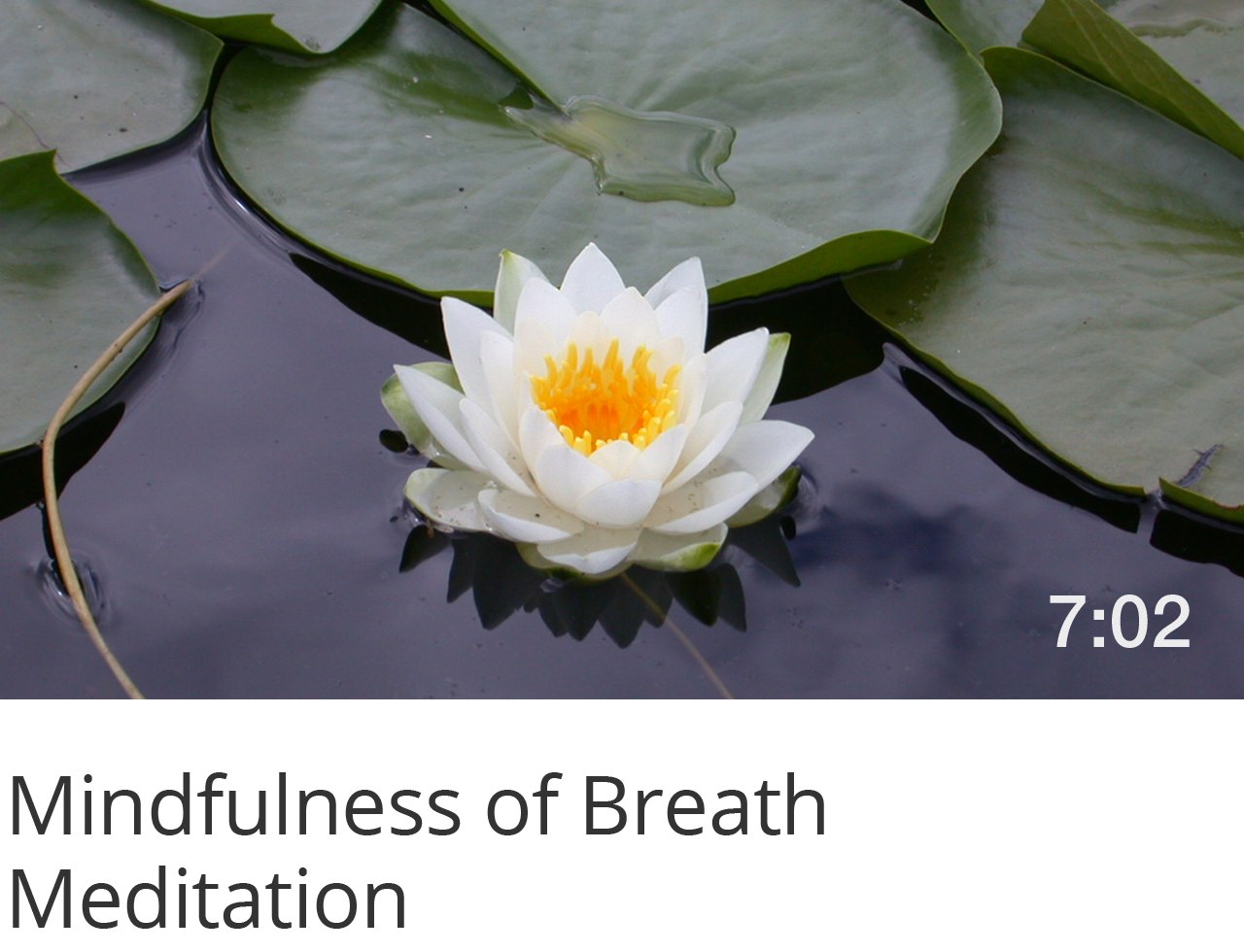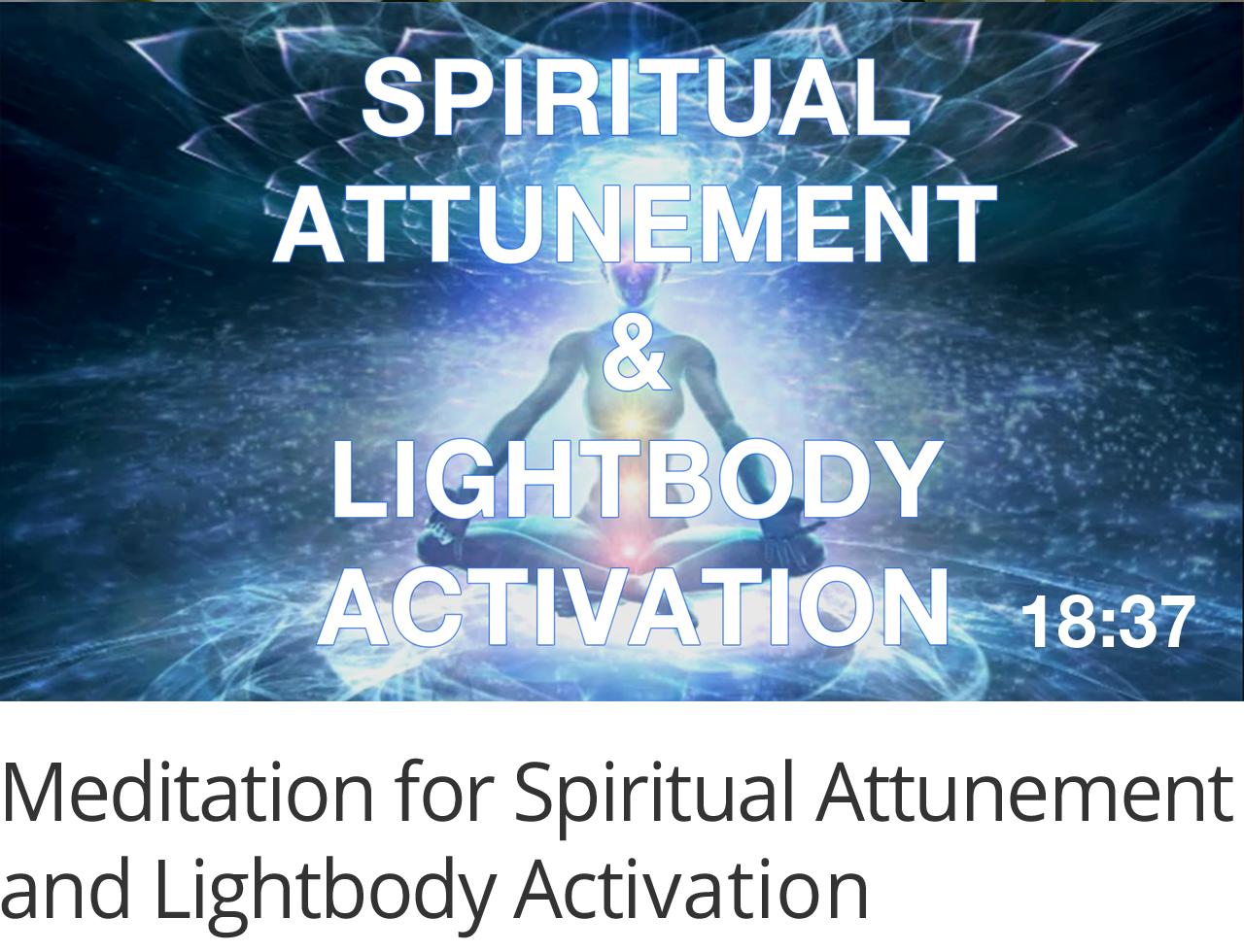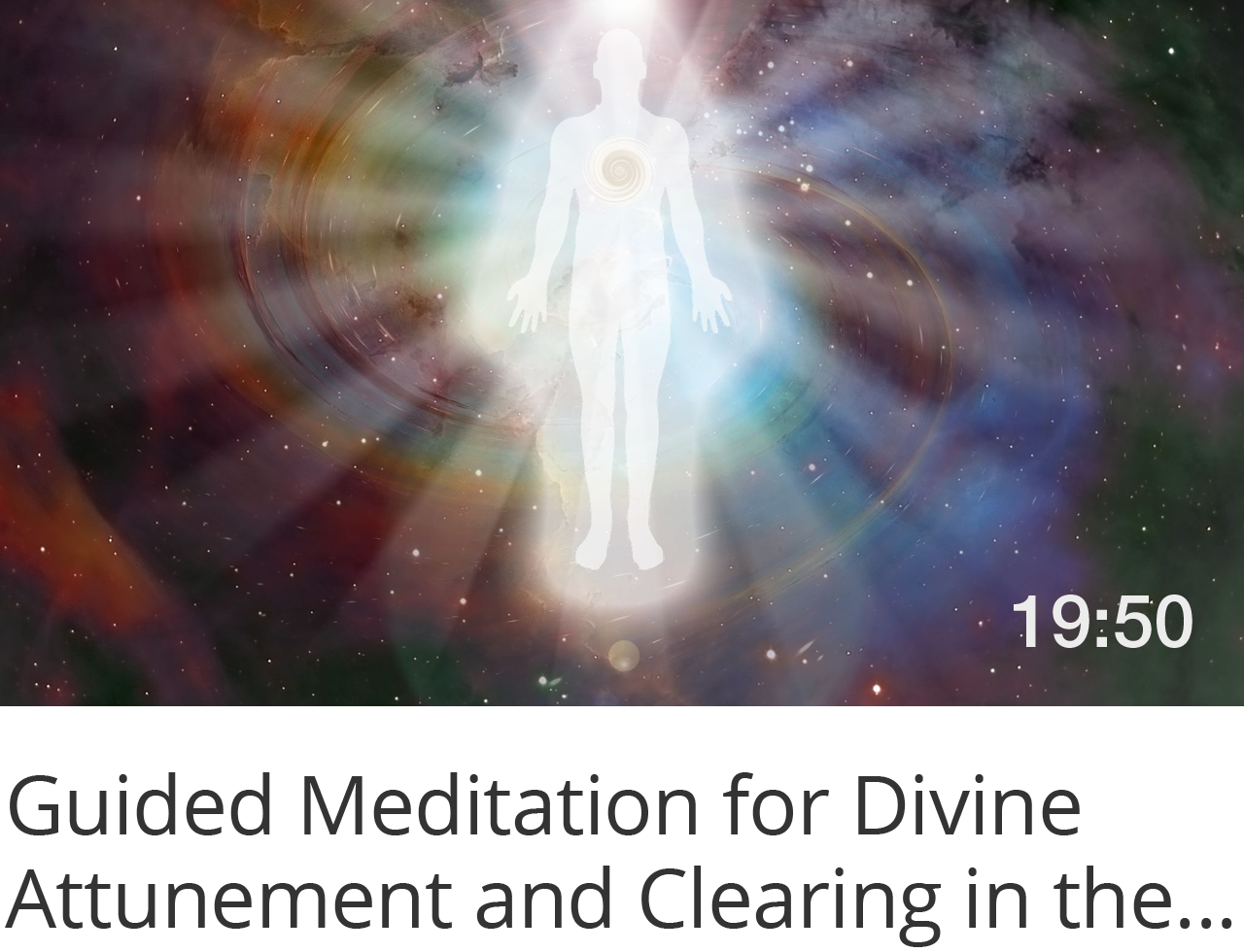Negative patterns are unproductive and reactive habits of thinking, feeling, and behaving that limit and sabotage your self-development, wellbeing, and relationships. We all have them as part of our childhood conditioning and ego-patterning. They are part of our experience of learning how to grow, heal, and relate better. By increasing your awareness of these patterns and their origins, you can start to release them and pave the way for personal growth, healing, and quality relationships. In this post, I will explore what negative patterns are, how they form, how to identify them, and how to release them, empowering you to gain control of your life and live with greater health, happiness, and purity of being.
What Are Negative Patterns?
Negative patterns are recurring patterns of negative thought, emotion, or behaviour. They are often automatic and reactive. The following list gives some examples of negative patterns. You might recognise some of these patterns in yourself, and you may have some of your own that aren’t on this list.
- Not staying centred or present
- Dissociating
- Avoiding responsibility
- Thinking negatively
- Catastrophising
- Thinking in all-or-nothing terms
- Jumping to conclusions
- Overgeneralising
- Not questioning assumptions
- Not focusing
- Sacrificing yourself
- Neglecting your life purpose
- Resisting change
- Devaluing yourself
- Devaluing others
- Not looking for the bigger picture
- Not looking for the details
- Setting your expectations too low
- Setting your expectations too high
- Procrastinating
- Being perfectionist
- Lying
- Complaining
- Criticising others
- Blaming others
- Holding grudges
- Worrying
- Not responding to your intuition
- Withdrawing
- Dominating
- Flying into a rage
- Being disorganised
- Being obsessive
- Overworking
- Being lazy
- Not listening or responding to your body’s needs
- Not exercising healthily
- Eating unhealthily
- Overthinking
- Being addicted to things
- Being too attached to people or things
- Being too detached from people or things
- Having weak boundaries
- Having overly fixed boundaries
- Being indecisive
- Being inflexible or stubborn
- People-pleasing
- Disregarding others
- Not committing
- Over-committing
- Being manipulative
- Being over-controlling
- Lacking self-control
- Giving up
- Being over-dependent
- Overspending
- Underspending
- Not asking for support
- Being reckless
- Being overcautious
- Abusing others
- Abusing yourself
- Being a victim
How Negative Patterns Form and Offer Opportunities for Growth
Negative patterns form as a result of learned behaviours, conditioning, and maladaptive responses to challenging or distressing events. They take shape in the early years of life and during times of overwhelm when mental capacities are undeveloped or weak, positive role models for healthy behaviour are lacking, and inner resourcefulness is low. Under these circumstances, natural behaviour and response mechanisms become distorted and ineffective.
Over time, as you continue to rely on these maladaptive responses without questioning or challenging them, they solidify as automatic and recurring patterns of negative thoughts, emotions, and behaviours. These patterns become wired in your brain and influence your future reactions to events.
The good news is that you are not made of stone and can break free from these patterns with the right knowledge, skills, and strategy. Instead of viewing these negative patterns as faults or shameful traits, consider them as valuable signals for personal growth and self-development. They are part of your evolution and represent opportunities for change through greater consciousness and healing. Through mindful self-awareness, you can become more aware of these negative patterns and then process and clear them. If you are not yet doing this, it may be because:
- You are not paying attention to your negative patterns.
- You repress your negative patterns.
- You misunderstand your negative patterns.
- You deal with your negative patterns ineffectively.
If any of these statements are true, you will discover a better way of responding in the following sections.
Identifying Negative Patterns
Before identifying any negative patterns within yourself, cultivate unbiased self-awareness. Acknowledge that you are not perfect and that you likely have negative patterns because you are human. Then, adopt an honest, detached, non-judgemental attitude towards yourself as you reflect on your thoughts, behaviours, and emotional responses in various situations to uncover potential negative patterns.
To enhance self-awareness, perform this exercise while practising mindfulness. Mindfulness empowers you to disengage from thoughts and emotions that may interfere with your self-awareness. It enables you to shift into a metacognitive state where you can pay conscious attention to your thoughts and behaviour, from a distance, without reacting to them, judging them, or repressing them. To enter a mindful state, practise my Mindfulness of Breath Meditation.
Some of your negative patterns may exist in your shadow self—those repressed aspects of your personality that you may not wish to face or own and may project onto others. In such instances, you need to take responsibility and develop self-acceptance for what you see as undesirable, shameful, or shocking parts of yourself. Mindfulness can help you embrace and explore your shadow self instead of repressing it. Engaging in this shadow work promotes emotional intelligence and progresses your self-development and pattern-clearing much further. To assist in the identification of your shadow aspects, you can also seek out the honest opinion of somebody trustworthy who knows you well.
Once you have completed your self-reflection, make a list of the patterns you have identified so you have something to work with.
How to Release Negative Patterns
Follow these steps to release your negative patterns. If you don’t feel able to complete them on your own, spend more time on your mindfulness practice, and book a Guidance Call to discuss how I can support you in completing these steps.
1. Enter a Mindful State
The most important skill that you can develop to release negative patterns is mindfulness. Mindfulness allows you to step back and notice your negative patterns, without reacting to or judging them. Your negative patterns can be ingrained, powerful, and even destructive if you are not fully conscious of them or are channelling them on automatic pilot. You can not transform what you are not fully aware of and disentangled from.
2. Observe the Negative Pattern With Non-Reactivity
In your mindful state, from your observer self, step back from the pattern and become more aware of it, without being entangled in it. Adopt a state of non-resistance, non-reactivity, and non-judgement towards it. Realise that it is just a pattern and is not actually you. Accept it and appreciate it as a lesson to aid your personal growth.
If you have a strong sense of pride or are anxious or fearful, you may find this step difficult and may fear looking within and acknowledging your negative pattern. The solution is to stay mindful. Acknowledge, without judgement, that you have a weakness or an aspect of yourself that you or others may not like. Acknowledge any pride, anxiety, or fear—or whatever drives your resistance to looking within and embracing your shadow aspects—as just a reaction to the negative pattern. Bring your attention back from this reaction and let it go, without judgement.
3. Restore the Power of Choice
Although negative patterns can get triggered by events, you don’t have to act upon these patterns once you come off automatic pilot and give yourself choice. To give yourself choice, from your observer self, notice the reactive impulse and disengage from it. Bring your attention to your breath as described in my Mindfulness of Breath Meditation. Then consider a positive way to respond.
The key to the success of this technique is the ability of your mindfulness practice to induce a Metacognitive State. This state empowers you to step back and be present in your observer self, where you observe the events of your mind and nervous system with awareness and freedom. To develop this capacity, practise mindfulness daily and include the Mindfulness of Breath Meditation in this practice. With consistent daily practice, you should be able to build a strong metacognitive state after 6-8 weeks.
4. Explore the Root Cause of the Negative Pattern
As you contemplate the negative pattern from your observer self, explore how it formed as a result of learned behaviour, conditioning, or a maladaptive response to a challenging or distressing event. How old were you at the time of its formation? Can you see that the pattern’s formation is understandable, given the situation you were in at the time, with the resources and capacities you had? Can you see that things are different now? Time has passed, and you are no longer in that same situation. You are an adult, growing with new skills, resources, and awareness. You have outgrown the need for the negative pattern. It was simply playing out automatically because you unknowingly left it in place. It doesn’t have to play out automatically anymore.
5. Uncover the Negative Beliefs Underlying the Negative Pattern
Now explore what negative beliefs about yourself and the world underlie the negative pattern. What might you believe if this negative pattern took hold of you and directed your thinking? What would its message be if it had a voice? Acknowledge the negative belief as you uncover it, without being entangled in it or reacting to it. It was formed at a time of weakness and reactivity when you had limited resourcefulness and perception. Can you see how it is just a belief and not a true representation of reality or your present-moment experience?
Explore if there is a hidden core negative belief underlying this negative belief. For example, if you have a presenting negative belief that it is not good to share your space for too long with someone, you may have a core negative belief that you will lose yourself or be under threat or out of control by doing so. Always be prepared to peel back the layers of your negative beliefs.
To help uncover the core negative belief behind a presenting negative belief, ask the following questions to go deeper:
- Why is it such a bad thing if this negative belief is true?
- If this negative belief is true, what deeper belief would have to be true?
- What negative belief is behind this negative belief?
6. Identify and Clear Cognitive Distortions
Now that you have uncovered a set of negative beliefs, you will examine them one by one in a mindful state to challenge their validity and expose their cognitive distortions. This will immediately confirm their invalidity, taking the power out of the negative pattern built upon them.
Cognitive distortions are simply distorted thoughts, based on errors of thinking. Here are the main ones I work with as a therapist:
- Overgeneralisation: making a general rule based on the experience of one or few instances.
- Filtering or selective thinking: focusing on selected, often negative, information and filtering out the rest that is often positive.
- Jumping to conclusions: reaching unjustified negative conclusions with little, if any, evidence.
- Magnification: exaggerating the importance of something bad.
- Minimisation: reducing the importance of something good.
- Emotional reasoning: believing something based on your emotions.
- Black-and-white thinking: believing that something can only be one thing or another.
For each belief, check which cognitive distortions are present. There may be more than one.
For example, the negative belief I will get hurt if I let someone get close to me may contain the following cognitive distortions:
- Overgeneralisation: I was hurt in my past relationship and will be hurt in future ones as all relationships are the same.
- Jumping to a conclusion: Getting close and opening up to someone means I will get hurt by them or lose myself.
- Emotional reasoning: I still feel the hurt from my last relationship and will get hurt again if I open up.
- Black-and-white thinking: Opening my heart to someone will only hurt me.
You can challenge the cognitive distortions of the belief as follows:
- Is that really true?
- Is that necessarily the case?
- Are there exceptions to that rule?
Be as unbiased as possible, supported by a mindful state, as you answer each challenge. Once you show all cognitive distortions to have no evidence, you are done.
7. Change How You Represent Negative Beliefs and Patterns to Yourself
Look at how you represent the negative beliefs and patterns to yourself, and make a conscious effort to change this. Do you visualise or sense them as large and looming in your mind? Try shrinking them to give them less negative energy. Do you see or sense yourself as small, puny, and insignificant in relation to them? Try enlarging yourself to your true, light-filled magnificence to empower yourself.
8. Change Negative Self-Talk into Positive Self-Talk
The habit of automatically engaging in negative self-talk or thinking represents a negative cognitive bias that can trigger and empower negative beliefs and patterns. As you practise mindfulness daily, pay attention to your thoughts and catch yourself when automatically engaging in negative self-talk or thinking. Bring your attention back from the negative thought or impulse, and once disentangled from it, choose to reframe your perception by adopting a positive, enlightened perspective.
To address any negative bias, practise genuine positive affirmations throughout your day from a mindful perspective. Create and repeat statements that counteract the negative perceptions you hold about yourself and the events in your life.
9. Surround Yourself With a Positive Environment and Positive People
A positive environment can play a crucial role in preventing negative thinking and behaviour by fostering a mindset of optimism, resilience, and wellbeing. Choose supportive and uplifting relationships and social environments, and let go of negative ones. By doing so, the positive energies and support will uplift you, enhancing your confidence and self-esteem. Additionally, being surrounded by positive role models can inspire you to adopt a positive outlook and empower yourself. Practise healthy boundaries to keep out negative people and experiences, and have respect for your wellbeing by cutting out negative news sources and messaging.
Conclusion
Negative patterns are maladaptive responses to old experiences and tend to run automatically within you until you become more conscious and stop them. You can stop them and release them effectively with a strategy of mindfulness-based self-development. This involves empowering yourself in a mindful state, identifying the negative patterns and beliefs behind them, and then exposing their invalidity by challenging and clearing the cognitive distortions within them.
While I have presented a more simplified 9-step strategy for clearing negative patterns in this post, it is often beneficial to include regression, inner child work, and healing as part of a more comprehensive strategy. If you would like to work with me to implement this comprehensive strategy, take the next step below.
Next step: request an empowering Guidance Call with me, and together, we will identify the negative patterns behind your life challenges and devise a plan for releasing them. You can also book sessions with me to clear your negative patterns.








Thank you for the timely reminder.
Thank you
Very enlightening
Thank you so much